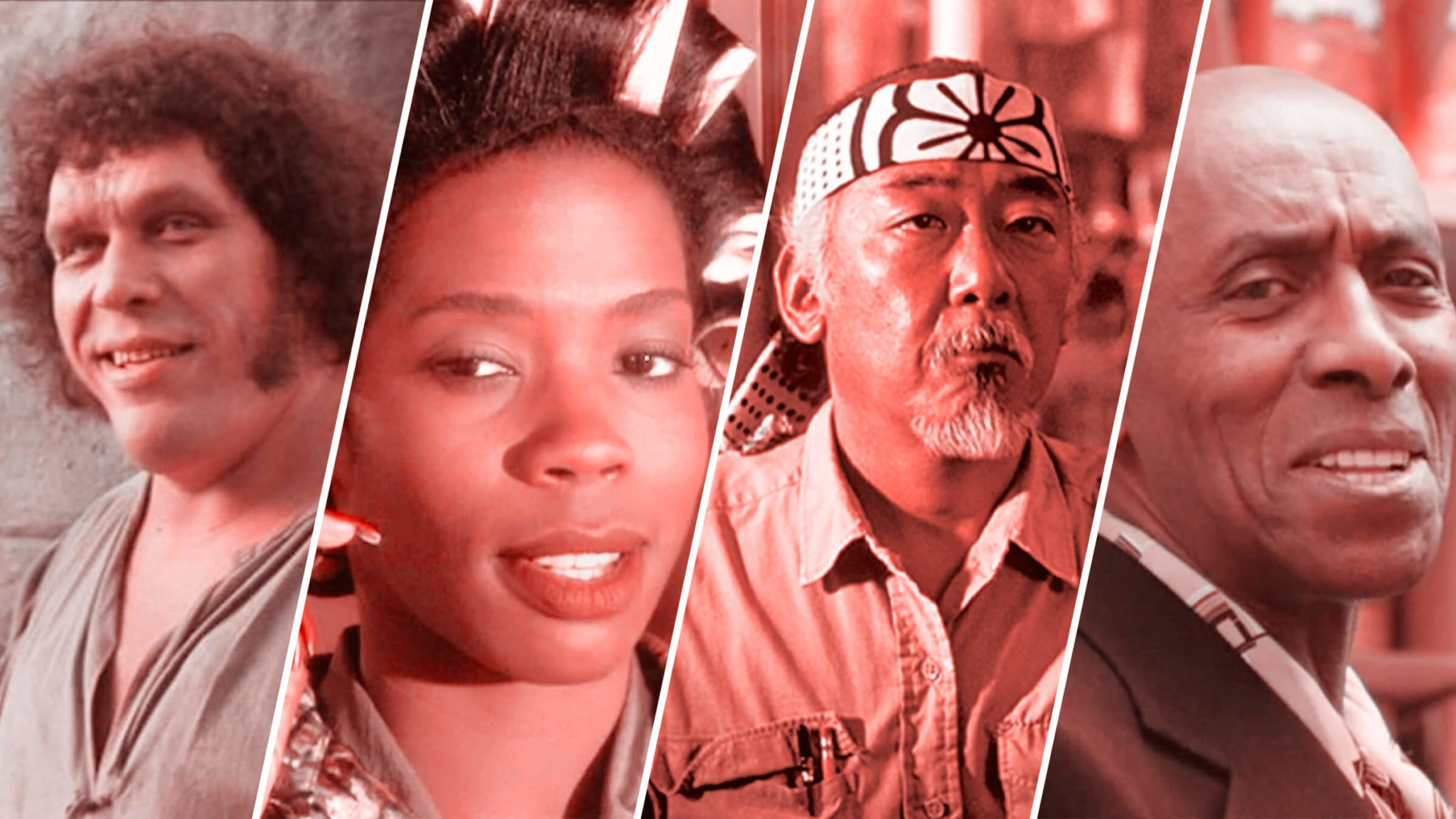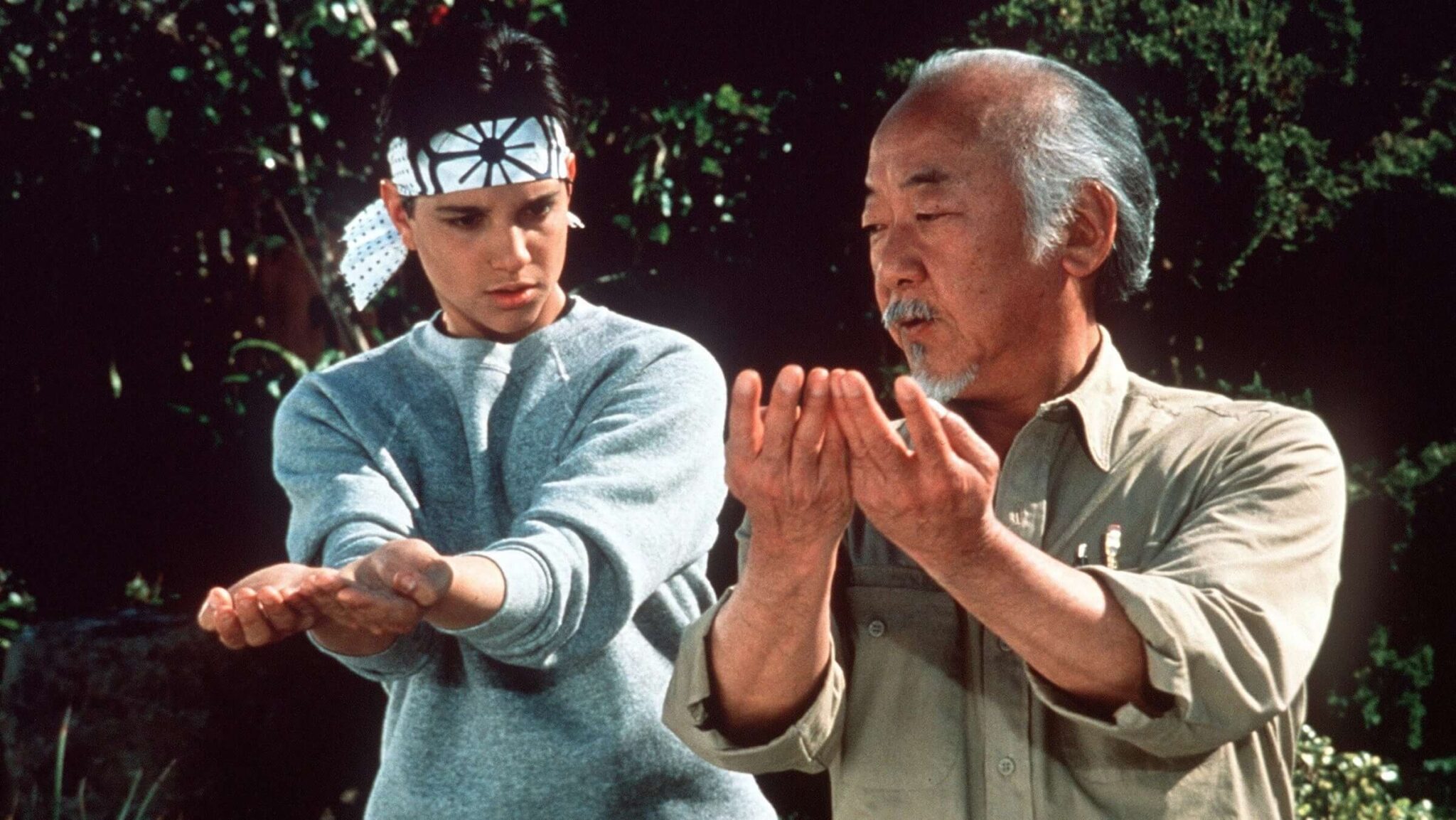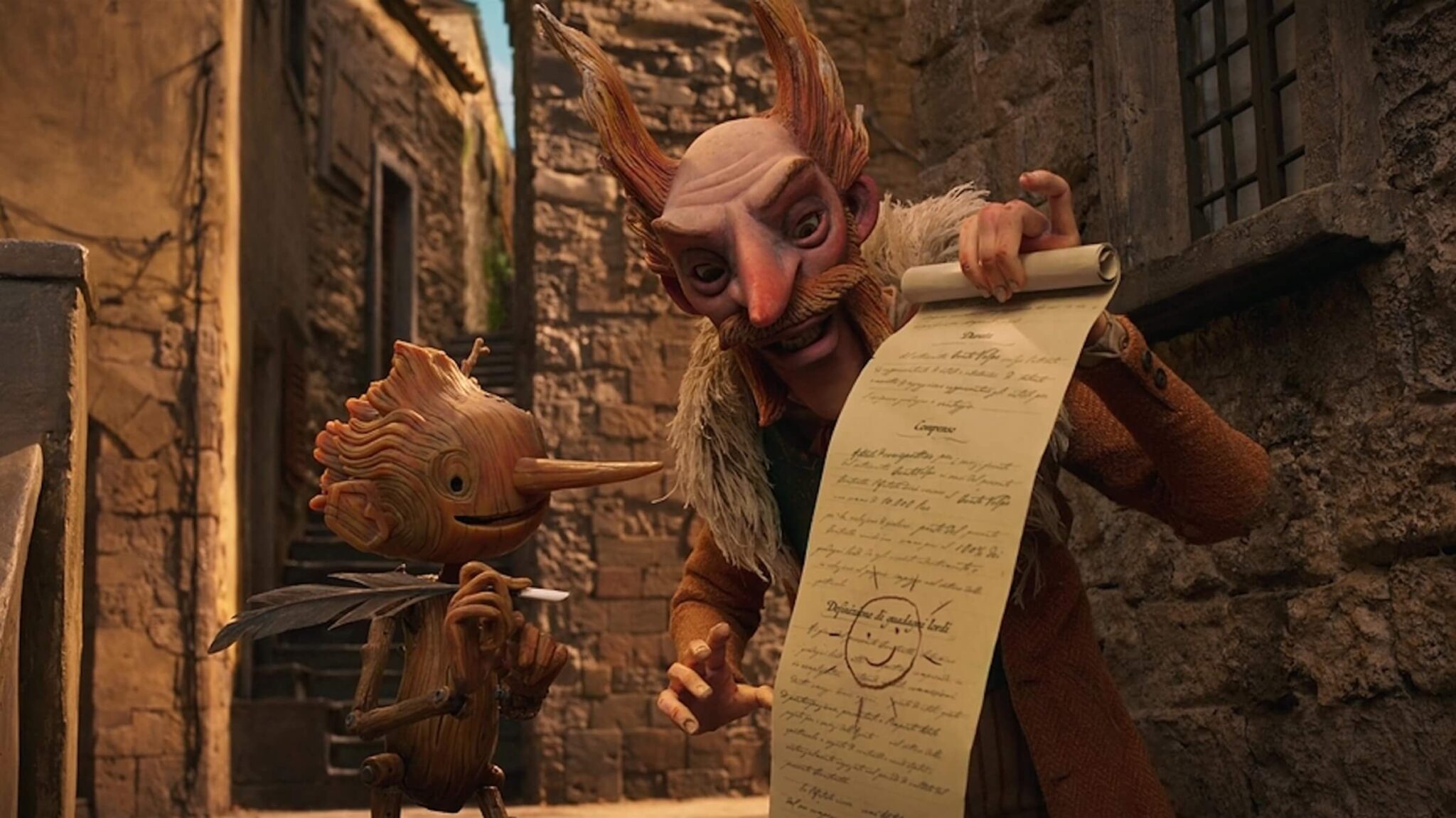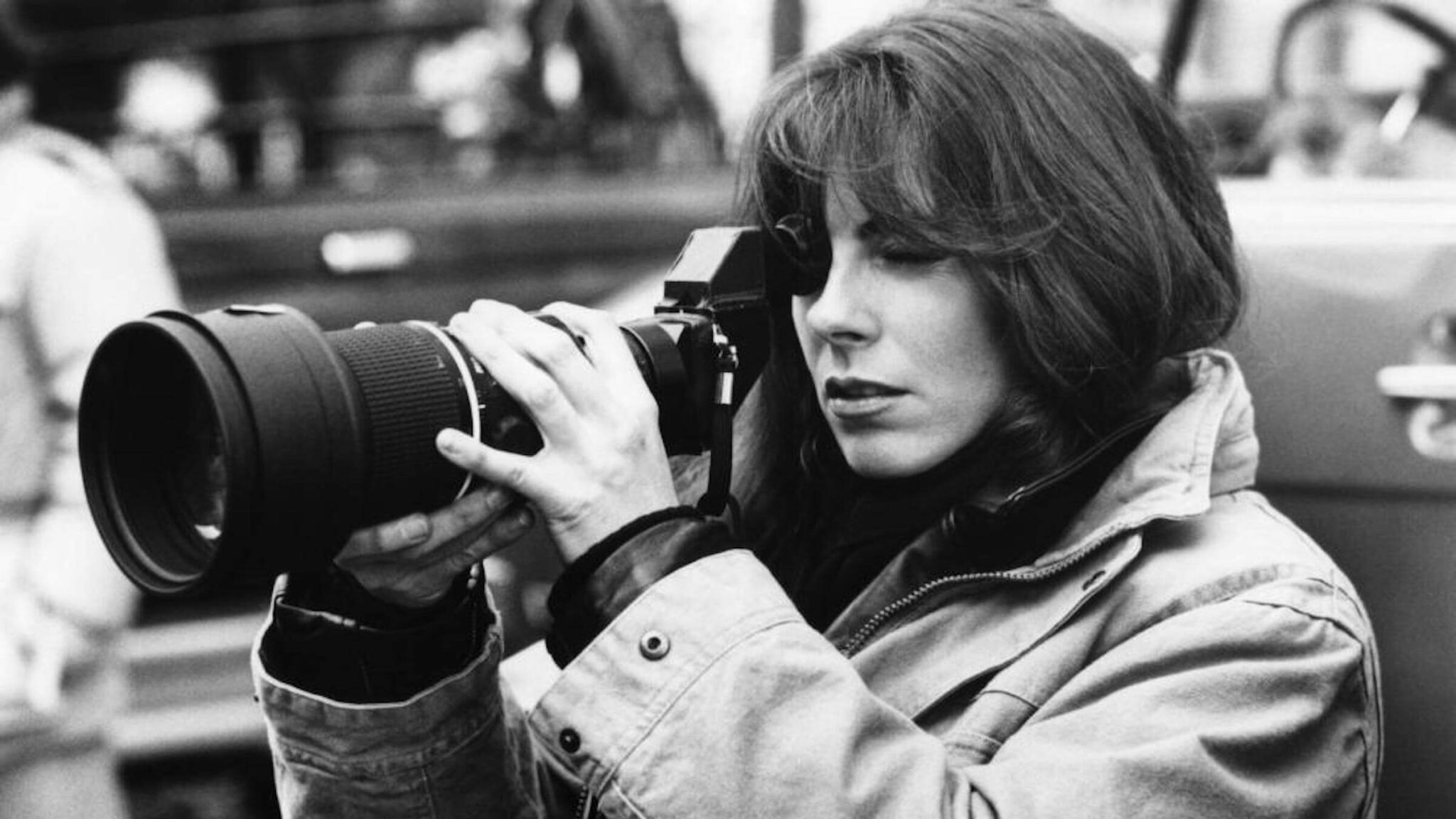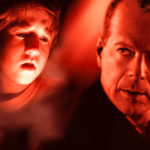Exploring the 12 Stages of the Hero’s Journey Part 2: The Call to Adventure
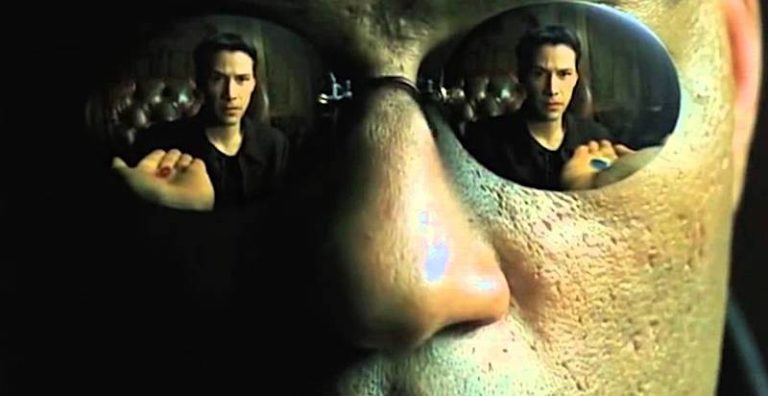
We dive into this archetypal story concept according to Joseph Campbell's The Hero's Journey and Christopher Vogler's interpreted twelve stages of that journey within his book, The Writer's Journey: Mythic Structure for Writers.
Welcome to Part 2 of our 12-part series ScreenCraft’s Exploring the 12 Stages of the Hero’s Journey, where we go into depth about each of the twelve stages and how your screenplays could benefit from them.
The first stage — The Ordinary World — happens to be one of the most essential elements of any story, even ones that don't follow the twelve-stage structure to a tee.
Showing your protagonist within their Ordinary World at the beginning of your story offers you the ability to showcase how much the core conflict they face rocks their world. And it allows you to foreshadow and create the necessary elements of empathy and catharsis that your story needs.
The next stage is the Call to Adventure.
Here we offer three reasons why that Call to Adventure means everything when you're trying to tell a great story.
1. Introduces the Core Concept of the Story
Concept is very crucial to the success of any story that you write. It will be the sole reason why anyone reads your story or watches your movie or television pilot. It represents the core of your story and affects each and every character that you create to live and breathe within that plot and narrative.
Conflict is everything to a great story. And the Call to Adventure represents that conflict and is what pushes that core conflict onto your protagonist.
Luke Skywalker is asked by Jedi Master Ben Kenobi to go with him to Alderaan to return the two droids to Princess Leia to help the Rebellion defeat the Empire.
Sarah Connor is told by soldier-from-the-future Kyle Reese, "Come with me if you want to live," as they are pursued by a cyborg assassin that wants to kill her unborn child.
Neo is asked by a computer hacker to take the blue pill or the red pill in order to either learn the truth about the world they live in or live in ignorance to the fact that the world is not what it seems.
The Ghostbusters are called to investigate a supposed haunting at the New York Public Library, which leads to a threat that puts all of New York City in danger.
Frodo is asked by the Middle-Earth wizard Gandalf to take a powerful Ring out of The Shire to save all of Middle-Earth.
These are all examples of the Call to Adventure. The protagonist is faced with a problem or conflict that rocks their Ordinary World, and they have to decide whether or not to answer that call.
Do you have a great sci-fi or fantasy script? Enter the ScreenCraft Sci-Fi & Fantasy Screenwriting Competition here.
And it even works with drama as well.
A film like The Big Chill offers a Call to Adventure to each of its main characters in the form of the death of their college friend and his eventual funeral that they all are asked to attend.
2. Defines the Genre of Your Story
The Call to Adventure can come in many forms — and it will usually define the genre that you're writing in, which is another vital aspect of your story.
Knowing your genre is important. That knowledge will allow you to use or avoid any given genre's cliches and tropes. It will help you develop the perfect context and narrative. The tone and atmosphere will be better defined when you know your genre as well. And the reader or audience will know what to expect when they know and understand what the central conflict (concept) of your story is.
And lastly, when you market your story for possible acquisition, the Call to Adventure for your protagonist will be the center of your logline that you pitch. And that pitch has to give the potential buyer a quick cue to what genre the story is.
3. Begins the Process of Character Development
Your protagonist's reaction to the Call of Adventure will offer you the chance to begin to showcase the character development within your story.
Their initial reaction will easily dictate the type of character that they are at the beginning of the story.
Luke Skywalker is longing for a little adventure when the story begins. But when he's given a chance to make a difference, he hesitates. He showcases loyalty to his Uncle Owen and Aunt Beru, despite just having asked them before the Call to Adventure to leave the farm to attend the Academy.
Sarah Connor is overwhelmed by her Call to Adventure. She can't believe that she's the savior of the future. To her, she's just a waitress. A nobody. And as she faces the conflict at hand, we begin to see her character development into the strong person Kyle Reese knows she'll become.
Neo takes the leap of faith by taking the pill that will awaken him to the truth, showing that he's someone willing to take a risk.
The way each of the three Ghostbusters reacts to the initial Call to Adventure defines the role they will play throughout the course of the story. But we quickly learn that Peter will become a believer, Ray may be scared of the mystical truth he believes in, and Egon, well, he'll handle everything he encounters with a scientific approach.
Frodo will go above and beyond to do the right thing, which is why Gandalf entrusted him with the Ring in the first place.
Read ScreenCraft's 5 Screenwriting Tricks to Conjure Better Character Depth!
Giving your story's protagonist a Call to Adventure introduces the core concept of your story, dictates the genre your story is being told in, and helps to begin the process of character development that every great story needs.
And remember...
"The Hero's Journey is a skeleton framework that should be fleshed out with the details of and surprises of the individual story. The structure should not call attention to itself, nor should it be followed too precisely. The order of the stages is only one of many possible variations. The stages can be deleted, added to, and drastically shuffled without losing any of their power." — Christopher Vogler, The Writer's Journey: Mythic Structure for Writers
Joseph Campbell's 17-stage Monomyth was conceptualized over the course of Campbell's own text, The Hero with a Thousand Faces, and then later in the 1980s through two documentaries, one of which introduced the term The Hero's Journey.
The first documentary, 1987's The Hero's Journey: The World of Joseph Campbell, was released with an accompanying book entitled The Hero's Journey: Joseph Campbell on His Life and Work.
The second documentary was released in 1988 and consisted of Bill Moyers' series of interviews with Campbell, accompanied by the companion book The Power of Myth.

Christopher Vogler was a Hollywood development executive and screenwriter working for Disney when he took his passion for Joseph Campbell's story monolith and developed it into a seven-page company memo for the company's development department and incoming screenwriters.
The memo, entitled A Practical Guide to The Hero with a Thousand Faces, was later developed by Vogler into The Writer's Journey: Mythic Structure for Storytellers and Screenwriters in 1992. He then elaborated on those concepts for the book The Writer's Journey: Mythic Structure For Writers.
Learn the best way to structure your screenplay with this free guide.
Christopher Vogler's approach to Campbell's structure broke the mythical story structure into twelve stages. We define the stages in our own simplified interpretations:
- The Ordinary World: We see the hero's normal life at the start of the story before the adventure begins.
- Call to Adventure: The hero is faced with an event, conflict, problem, or challenge that makes them begin their adventure.
- Refusal of the Call: The hero initially refuses the adventure because of hesitation, fears, insecurity, or any other number of issues.
- Meeting the Mentor: The hero encounters a mentor that can give them advice, wisdom, information, or items that ready them for the journey ahead.
- Crossing the Threshold: The hero leaves their ordinary world for the first time and crosses the threshold into adventure.
- Tests, Allies, and Enemies: The hero learns the rules of the new world and endures tests, meets friends, and comes face-to-face with enemies.
- The Approach: The initial plan to take on the central conflict begins, but setbacks occur that cause the hero to try a new approach or adopt new ideas.
- The Ordeal: Things go wrong and added conflict is introduced. The hero experiences more difficult hurdles and obstacles, some of which may lead to a life crisis.
- The Reward: After surviving The Ordeal, the hero seizes the sword — a reward that they've earned that allows them to take on the biggest conflict. It may be a physical item or piece of knowledge or wisdom that will help them persevere.
- The Road Back: The hero sees the light at the end of the tunnel, but they are about to face even more tests and challenges.
- The Resurrection: The climax. The hero faces a final test, using everything they have learned to take on the conflict once and for all.
- The Return: The hero brings their knowledge or the "elixir" back to the ordinary world.
Ken Miyamoto has worked in the film industry for nearly two decades, most notably as a studio liaison for Sony Studios and then as a script reader and story analyst for Sony Pictures.
He has many studio meetings under his belt as a produced screenwriter, meeting with the likes of Sony, Dreamworks, Universal, Disney, Warner Brothers, as well as many production and management companies. He has had a previous development deal with Lionsgate, as well as multiple writing assignments, including the produced miniseries Blackout, starring Anne Heche, Sean Patrick Flanery, Billy Zane, James Brolin, Haylie Duff, Brian Bloom, Eric La Salle, and Bruce Boxleitner. Follow Ken on Twitter @KenMovies
For all the latest ScreenCraft news and updates, follow us on Twitter, Facebook, and Instagram.
Get Our Screenwriting Newsletter!
Get weekly writing inspiration delivered to your inbox - including industry news, popular articles, and more!








